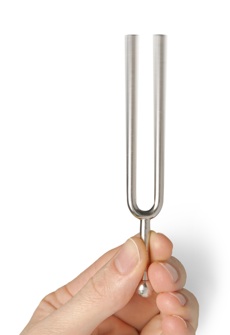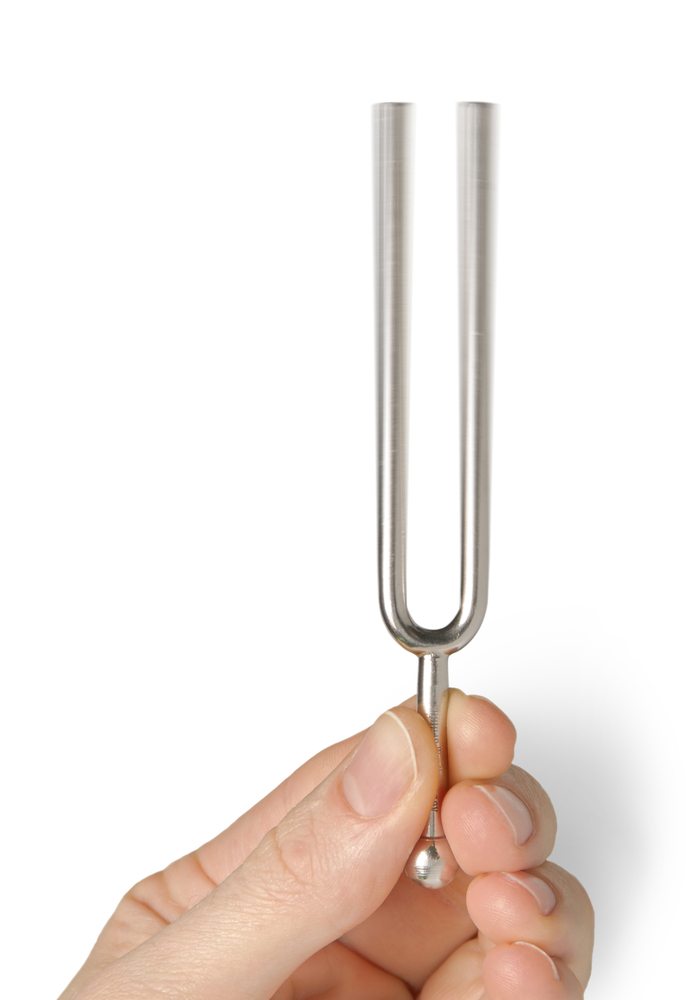You sit slightly confused in your “Sight Singing and Ear Training” class. The music teacher insists that by the end of the class you will be able to transcribe Mozart after three listenings, sing complicated atonal melodies at sight, and figure out any harmonic jazz progression through osmosis. You eye the door, looking for an easy escape. You can see why other musicians nicknamed this class “Sight Screaming and Ear Trauma.“

Before you bolt for the door and opt for a less musical vocation like professional wedding florist, realize that like learning the alphabet before you learn how to read and write, you need to learn a few music basics before you can accomplish the hurdles of ear training.
Learning how to produce a reference pitch is one of the most valuable tools in ear training. A reference pitch is a note that you can sing accurately at any time and place. Through practice, you will be able to produce a reference pitch by yourself in your car, sitting in a crowded classroom, or watching the latest blockbuster at the theater. Establishing a reference pitch will help you succeed in ear training, whether you take an aural theory class or just want to hone your music listening skills.
While you can choose any note as your reference pitch, a common reference pitch is A-440. Why? Many musical instruments tune to A-440, but more importantly, you can easily purchase an A-440 tuning fork from any music store. You can view and listen to a virtual tuning fork here. To use a tuning fork, strike the prongs against your leg and place the knob against the bone in front of your ear. You will hear a resounding A-440. The tuning fork easily fits in your pocket, purse, or glove compartment.
Practice singing your reference pitch at various times during the day. You may want to practice matching pitch with your tuning fork in a quiet room to help you become comfortable singing or humming A-440. Once you feel comfortable matching your reference pitch, try singing your reference pitch in a crowded room, in your car, with music playing, and other locations. Sing your pitch, then check and adjust according to your tuning fork. Try producing the pitch silently in your head, as well. This takes a little more practice, but is well worth the effort.
Mastering a reference pitch will allow you to easily sing intervals and work your way through scales, chords, and eventually complicated harmonic progressions. Once you memorize your reference pitch, then start singing scales using the reference pitch as the starting note. Over time you can train yourself to sing melodies on sight without the use of a piano and even recognize familiar patterns and intervals when transcribing. Learn this basic tool and you will find that you will not only survive but thrive in Ear Training 101.








post an app for iphone to train chords, similiar to your relative pitch. then do common progressions :)
Hey Andy,
They're on the way! We're always on the lookout for beta testers, so if you want to be one of the first to try our new apps (and get a free copy when the app's released), shoot an email over to [email protected] and we'll let you know as soon as these are ready to try!
Perfect pitch app???